Home>Technology>Smart Home Devices>What Are The Benefits And Drawbacks Of Using A Laser Printer?
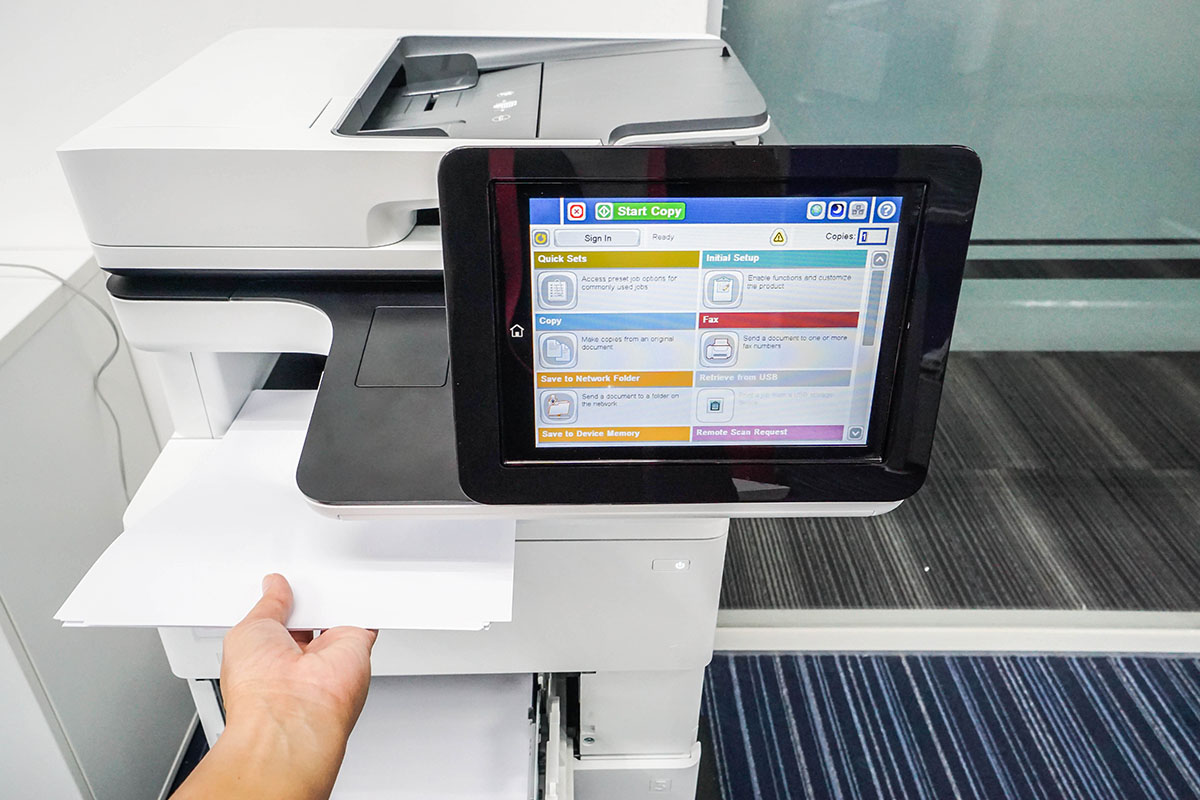

Smart Home Devices
What Are The Benefits And Drawbacks Of Using A Laser Printer?
Modified: August 17, 2024
Discover the pros and cons of utilizing a laser printer for your smart home devices. Learn about the benefits and drawbacks to make an informed decision.
(Many of the links in this article redirect to a specific reviewed product. Your purchase of these products through affiliate links helps to generate commission for Storables.com, at no extra cost. Learn more)
Introduction
Read more: What Is A Mono Laser Printer
Introduction
Welcome to the world of printing technology, where the choice between different types of printers can significantly impact your daily productivity and overall printing experience. In this article, we will delve into the realm of laser printers, examining their benefits and drawbacks to help you make an informed decision when considering a printer for your home or office.
While inkjet printers have long been a popular choice, laser printers offer a distinct set of advantages and disadvantages that are important to consider. Understanding these factors can empower you to select the best printing solution for your specific needs.
So, let’s embark on a journey to explore the fascinating world of laser printers, uncovering their remarkable benefits and potential drawbacks along the way.
Benefits of Using a Laser Printer
Key Takeaways:
- Laser printers offer high-speed printing, superior text and image quality, cost-effectiveness, low maintenance, and advanced features. However, they have initial cost, limited color reproduction, warm-up time, energy consumption, and potential health concerns to consider.
- When choosing a printer, consider laser printers for efficiency, quality, and long-term savings. But keep in mind their initial cost, limited color options, warm-up time, energy use, and potential health risks.
Benefits of Using a Laser Printer
1. High-Speed Printing: Laser printers are renowned for their exceptional printing speed, making them ideal for busy environments where efficiency is paramount. Whether you need to produce lengthy documents or high-quality images, laser printers can swiftly bring your digital files to life on paper.
2. Superior Text and Image Quality: One of the standout advantages of laser printers is their ability to deliver crisp, professional-looking text and graphics. The precision of laser technology ensures that every detail is accurately reproduced, resulting in documents with sharp, clear text and images that truly stand out.
3. Cost-Effective Long-Term Solution: While the initial investment in a laser printer may be higher than that of an inkjet printer, the long-term cost-effectiveness of laser printing is undeniable. Laser printers are known for their high-capacity toner cartridges, which can yield a significantly higher number of pages compared to inkjet cartridges, ultimately reducing the cost per page.
4. Low Maintenance and High Durability: Laser printers are designed to withstand heavy usage and require minimal maintenance. Unlike inkjet printers, which often necessitate frequent cartridge replacements and printhead cleanings, laser printers are built for durability, offering a reliable printing solution for demanding work environments.
5. Network Connectivity and Advanced Features: Many laser printers are equipped with advanced networking capabilities, allowing multiple users to seamlessly connect and print from various devices. Additionally, laser printers often come with a range of advanced features such as duplex printing, high paper capacity, and security options, enhancing their overall versatility and functionality.
Drawbacks of Using a Laser Printer
Drawbacks of Using a Laser Printer
1. Initial Cost and Size: One of the primary drawbacks of laser printers is their initial cost, which can be higher than that of inkjet printers. Additionally, laser printers tend to be larger and heavier, requiring ample space and careful consideration of the available workspace.
2. Limited Color Reproduction: While laser printers excel in producing high-quality black and white documents, they may not be the best choice for vibrant color printing. For those who require vivid color output, especially in graphic design or photography, inkjet printers with specialized color capabilities may be a more suitable option.
3. Warm-Up Time and Energy Consumption: Laser printers often require a short warm-up period before they can start printing, which can be a minor inconvenience when immediate printing is needed. Furthermore, laser printers are generally more power-hungry during operation compared to inkjet printers, potentially leading to higher energy consumption over time.
4. Potential Health Concerns: The toner used in laser printers contains fine particles that, if inhaled, may pose health risks. While modern laser printers are designed with safety features to minimize toner exposure, individuals with respiratory sensitivities should exercise caution and ensure proper ventilation when using laser printers in enclosed spaces.
5. Limited Media Compatibility: Laser printers may have limitations when it comes to printing on certain types of media, such as glossy or textured paper. This can restrict the creative possibilities for individuals who require specialized printing capabilities for unique projects or marketing materials.
Conclusion
Conclusion
As we conclude our exploration of the benefits and drawbacks of laser printers, it’s evident that these devices offer a compelling array of advantages for individuals and businesses seeking efficient, high-quality printing solutions. The remarkable speed, exceptional text and image quality, cost-effective long-term operation, and minimal maintenance make laser printers a valuable asset in various professional settings.
However, it’s important to acknowledge the potential drawbacks associated with laser printers, such as the initial cost, limited color reproduction, warm-up time, energy consumption, and considerations related to health and media compatibility. These factors underscore the importance of carefully evaluating your specific printing needs and weighing the pros and cons of laser printers against alternative options, such as inkjet printers.
Ultimately, the decision to invest in a laser printer should be informed by a thorough understanding of your printing requirements, budget considerations, and the intended usage environment. By assessing these factors thoughtfully, you can make an informed choice that aligns with your priorities and enhances your overall printing experience.
Whether you prioritize speed, cost-effectiveness, and durability, or require vibrant color reproduction and versatile media compatibility, the insights shared in this article can guide you toward selecting the printing solution that best suits your unique needs and preferences.
Frequently Asked Questions about What Are The Benefits And Drawbacks Of Using A Laser Printer?
Was this page helpful?
At Storables.com, we guarantee accurate and reliable information. Our content, validated by Expert Board Contributors, is crafted following stringent Editorial Policies. We're committed to providing you with well-researched, expert-backed insights for all your informational needs.
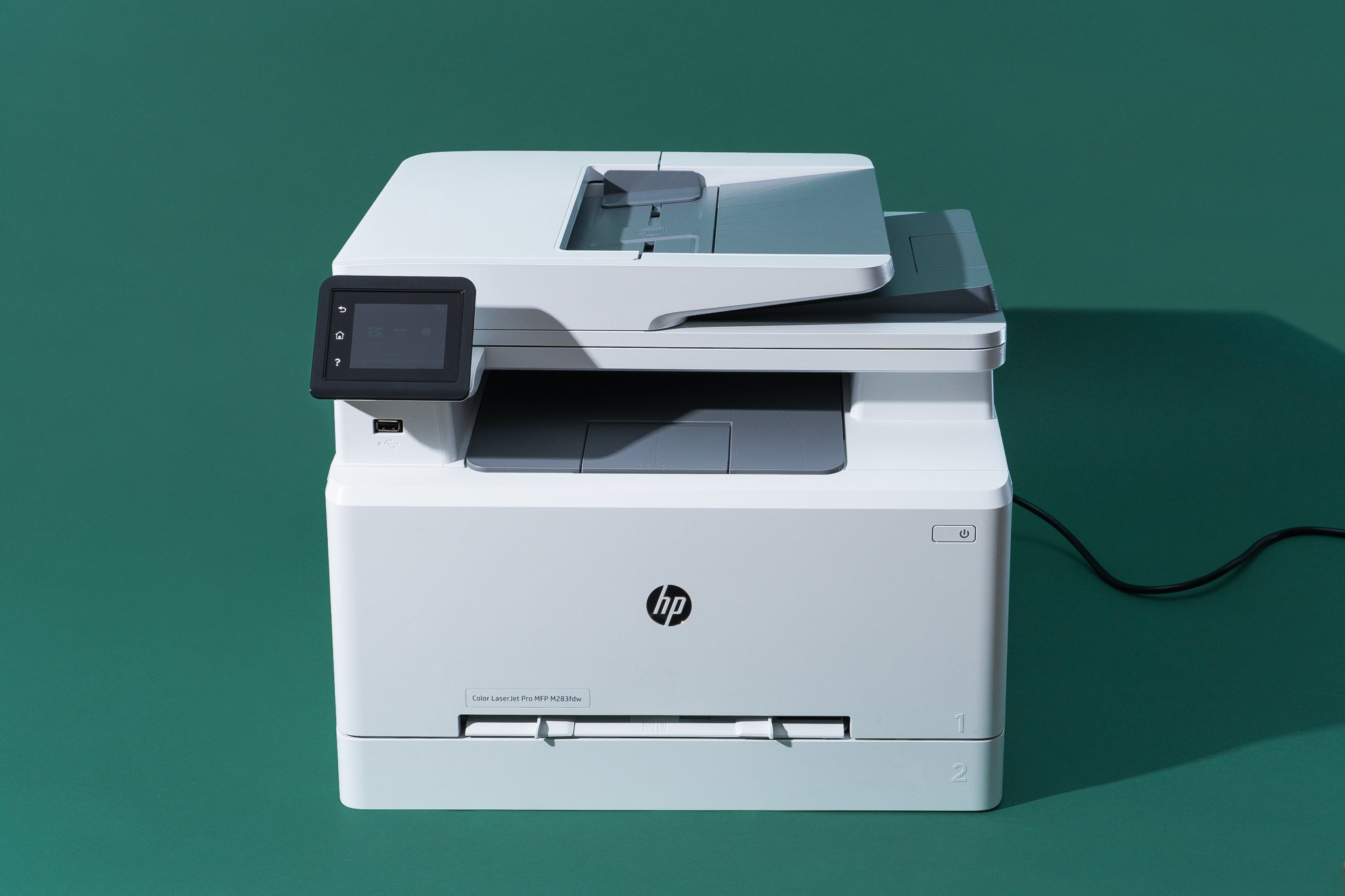






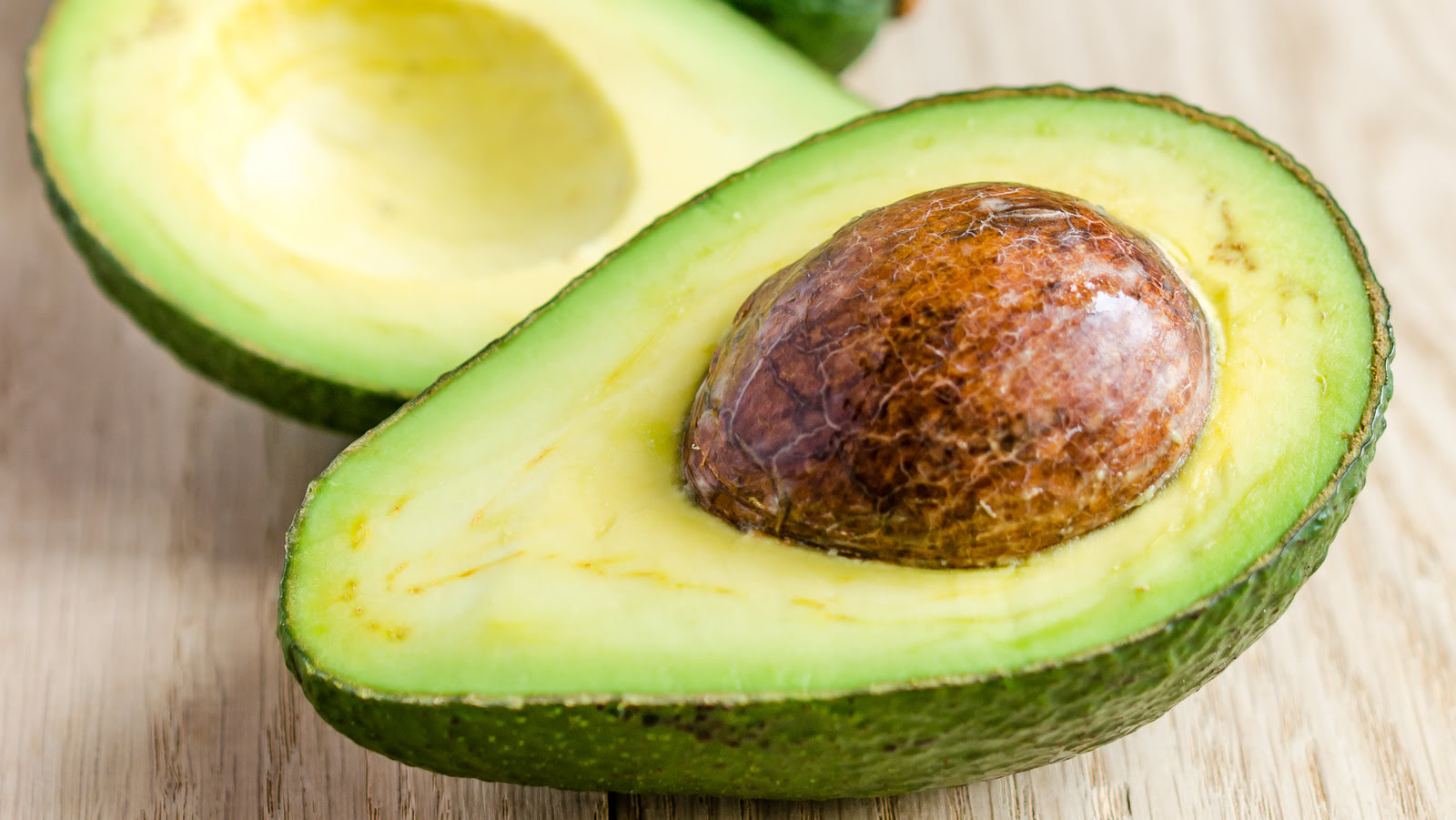



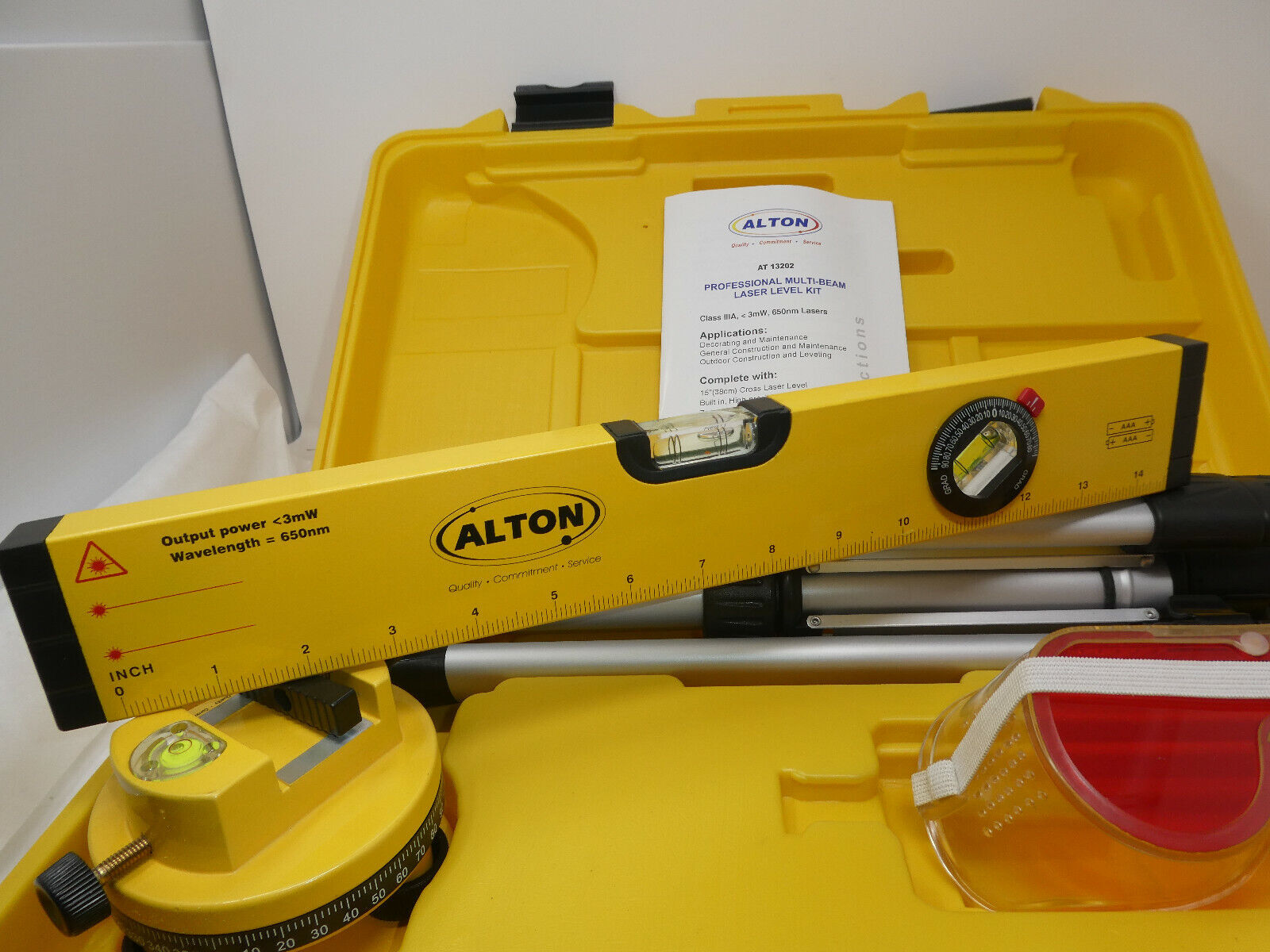
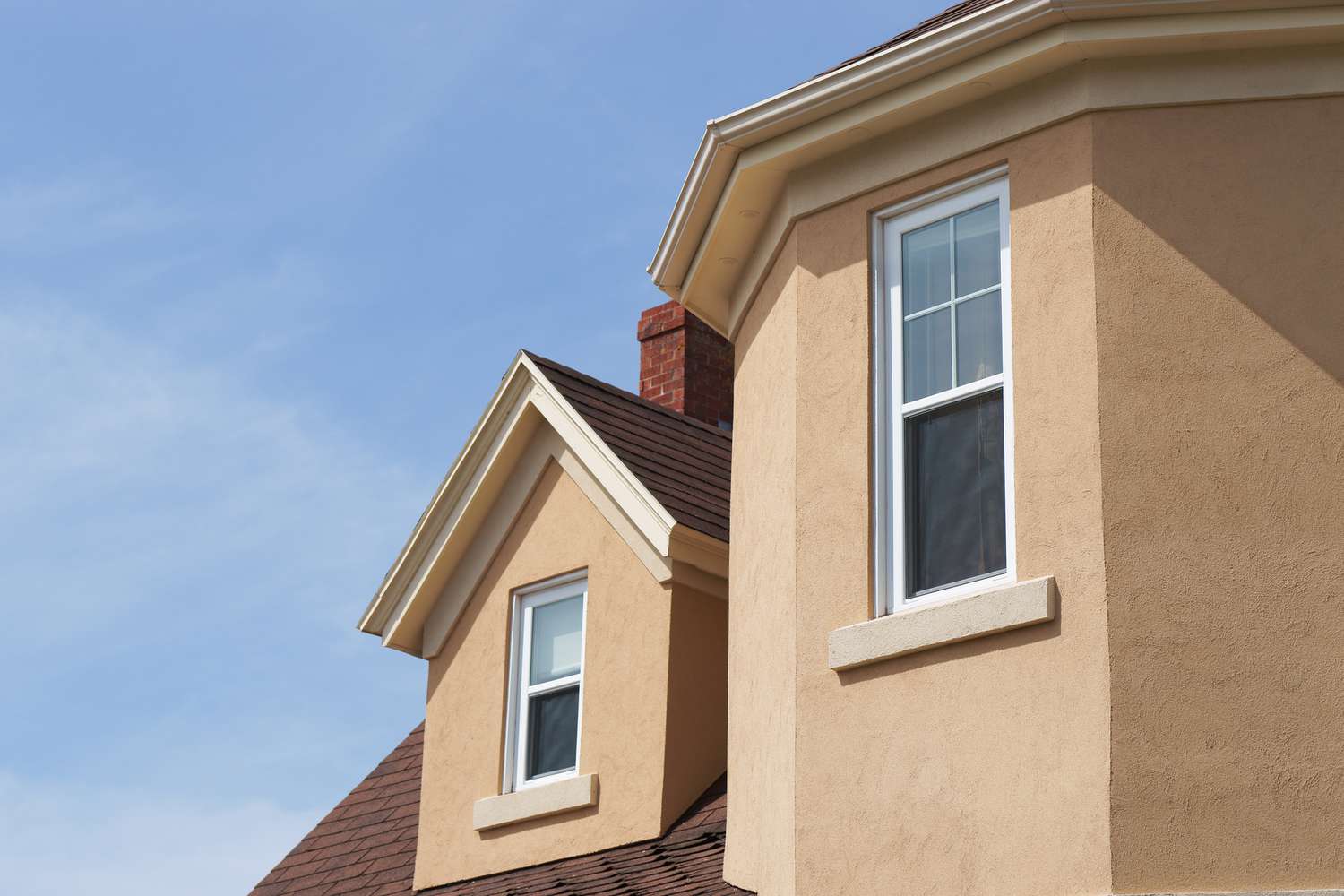
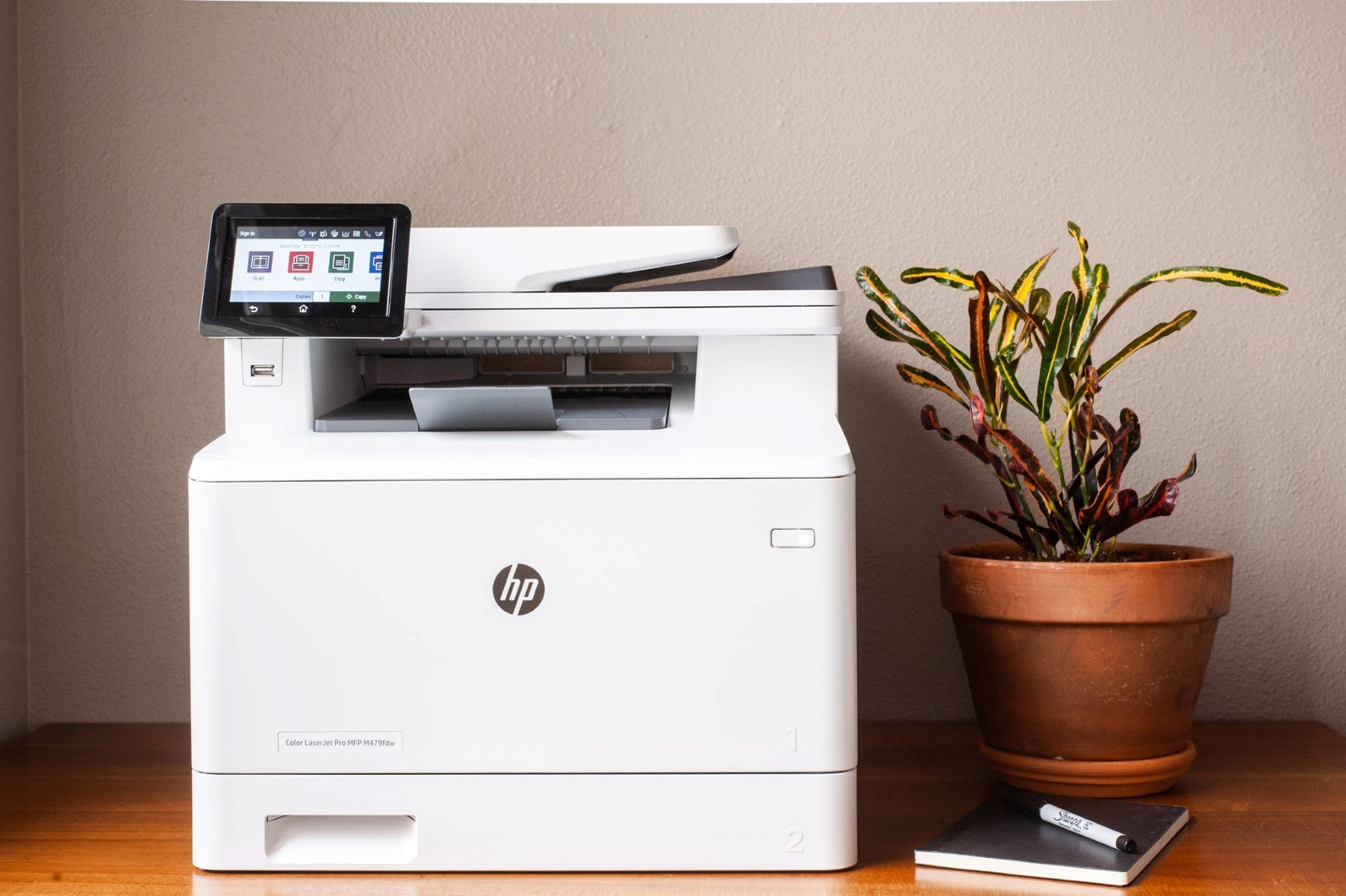

0 thoughts on “What Are The Benefits And Drawbacks Of Using A Laser Printer?”